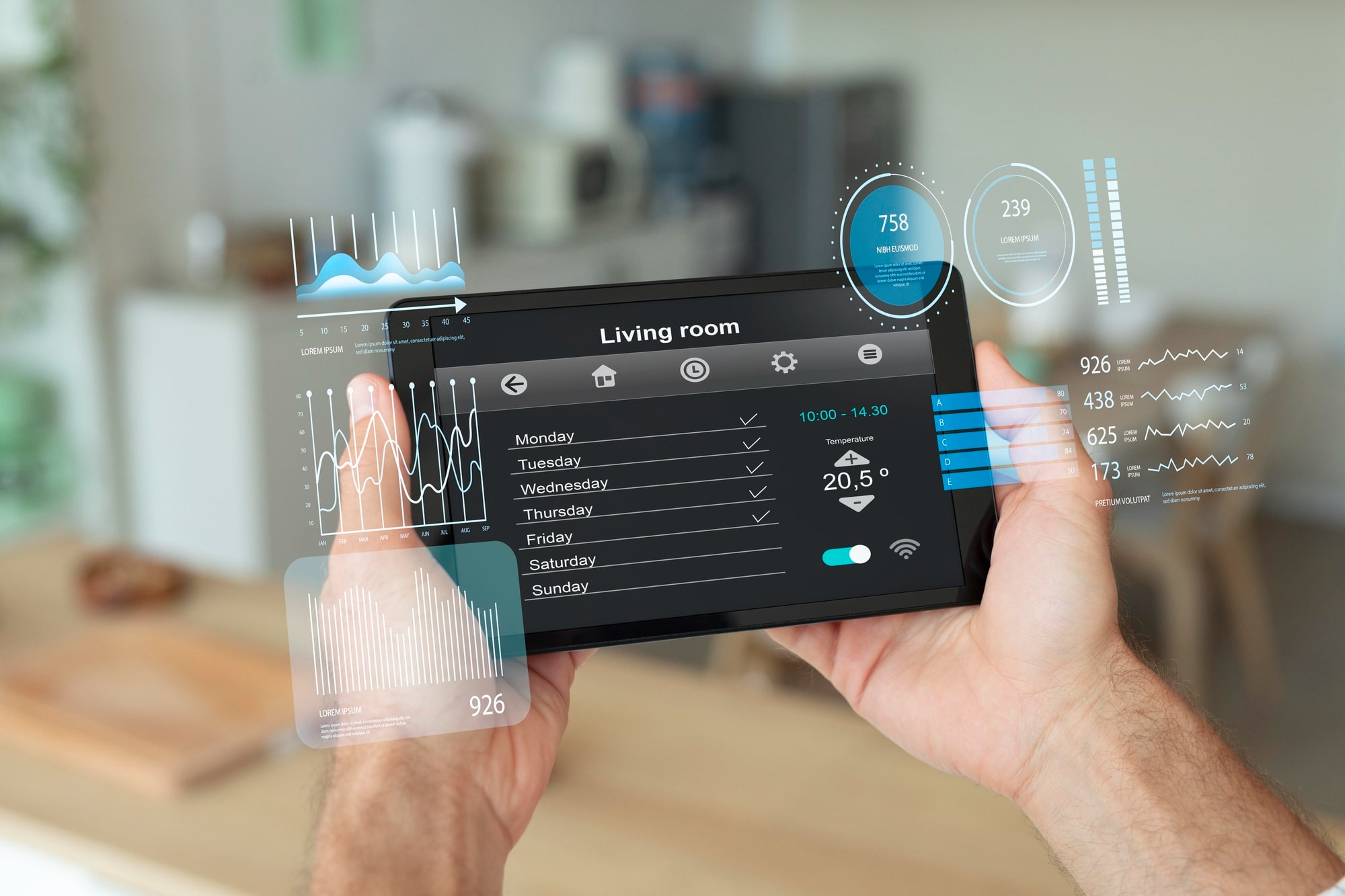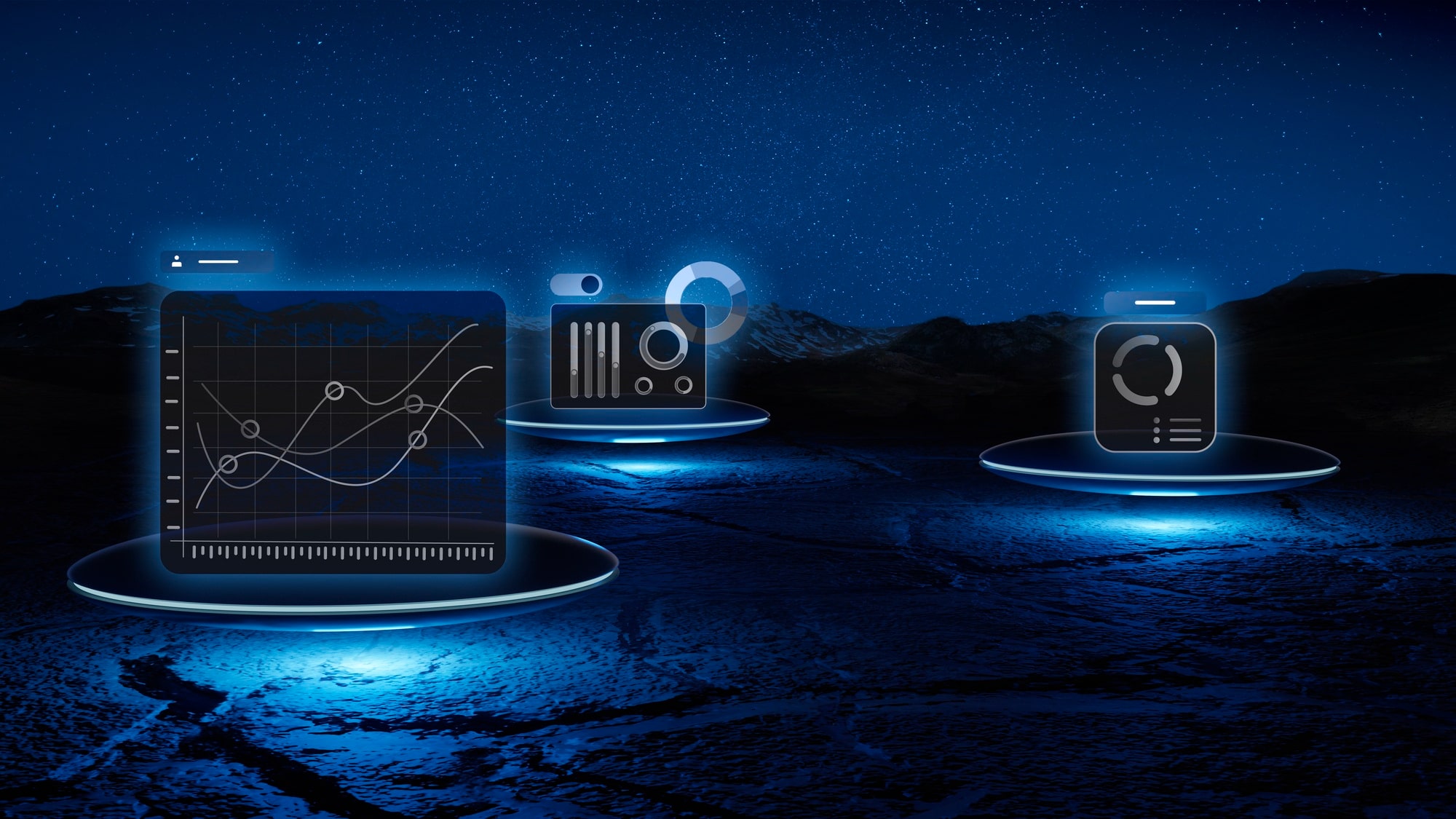Energy monitoring systems are becoming increasingly popular among businesses, homeowners, and industries looking to track and optimize their energy usage. These systems provide real-time data on energy consumption, enabling users to reduce costs, improve efficiency, and support sustainability efforts. But what exactly is an energy monitoring system, and how does it work? This article provides an in-depth overview of energy monitoring systems, including their benefits, operation, and key considerations for installation.
What Is An Energy Monitoring System?
An energy monitoring system (EMS) is a tool that helps users measure, analyse, and manage their energy consumption. It tracks the amount of electricity, gas, or other forms of energy used in a given period. These systems provide insights into energy usage patterns, identify areas where energy is being wasted, and offer suggestions for improving energy efficiency. The core function of an energy monitoring system is to track the energy consumption of different appliances, systems, or machines within a building or facility. This real-time data is then processed and presented through a dashboard or mobile application, enabling users to make informed decisions about how to reduce energy waste and lower costs.
Key Features of Energy Monitoring Systems
- Real-Time Data Collection: Energy monitoring systems gather real-time data on energy consumption. This enables users to immediately see how much energy they are using and identify any spikes or unusual patterns.
- Data Analytics: Most systems offer data analytics to help users understand energy consumption trends, compare usage over time, and identify opportunities for energy savings.
- Remote Access: Many modern EMS solutions offer remote access through mobile apps or web portals, allowing users to monitor energy usage from anywhere.
- Alerts and Notifications: Energy monitoring systems often include the ability to set alerts for high energy consumption or unexpected usage patterns, enabling users to take corrective action before costs spiral out of control.
- Energy Reporting: Detailed energy reports are a common feature. These reports break down energy consumption by appliance, time of day, or even by department for businesses, helping users make informed decisions.
How Do Energy Monitoring Systems Work?
Energy monitoring systems work by installing sensors or smart meters at key points in a building or facility’s electrical system.These sensors collect data about energy consumption, which is then transmitted to a central hub for analysis. This data is displayed in an easy-to-understand format, such as graphs, charts, or tables.
Steps in the Working Process:
Step 1: Install Sensors or Meters: Sensors are installed on the main electrical panels or directly on appliances, machines, or systems.
Step 2: Data Collection: These sensors continuously collect data on energy consumption.
Step 3: Data Transmission: The collected data is transmitted to a cloud-based platform or local server.
Step 4: Data Analysis: The data is processed and analyzed, often using machine learning algorithms, to identify usage trends, inefficiencies, and anomalies.
Step 5: Insights and Reporting: Users access the data through a dashboard, receiving insights that help them adjust energy usage for cost savings.
Benefits Of Energy Monitoring Systems
- Cost Savings: One of the most significant benefits of energy monitoring systems is the potential to reduce energy bills. By identifying areas where energy is being wasted, users can adjust their habits and eliminate inefficiencies.
- Improved Efficiency: With a clear view of energy consumption patterns, users can make adjustments to optimise their energy usage. For businesses, this can result in improved equipment performance and reduced downtime.
- Sustainability: By using energy more efficiently, energy monitoring systems contribute to sustainability efforts. Reduced energy consumption means less demand on power grids and fewer carbon emissions.
- Preventative Maintenance: These systems can also identify potential issues in machines or systems before they break down, helping to prevent costly repairs and unplanned downtime.
- Compliance and Reporting: For businesses, energy monitoring systems can help ensure compliance with energy regulations and provide the data needed for environmental reporting.
Types Of Energy Monitoring Systems
Energy monitoring systems come in various forms, depending on the needs and complexity of the installation.
- Residential EMS: These are designed for homes and focus on tracking household energy consumption, from lighting to appliances.
- Commercial EMS: These systems are designed for businesses and industrial setups, offering more complex features like sub-metering and detailed reporting by department or machine.
- Smart Meters: These devices measure electricity consumption and transmit data to the utility provider, providing customers with access to more accurate billing and usage information.
- Energy Management Software: This software analyses data from energy meters and sensors, providing users with detailed reports and actionable insights.
Why You Should Install An Energy Monitoring System
Investing in an energy monitoring system isn’t just about saving money on your utility bills. It’s also about future-proofing your home or business for sustainability and long-term efficiency. Here are a few reasons to consider installing an energy monitoring system:
- Stay Ahead of Energy Trends: With increasing energy prices and pressure to reduce carbon footprints, having a monitoring system in place can help you stay ahead of these changes.
- Increase Property Value: Homes or businesses with energy-efficient features tend to have higher property values. An EMS adds to that efficiency.
- Better Budgeting: Knowing exactly how much energy you use enables more accurate budgeting and forecasting of future energy costs.
- Personalisation: EMS offers customised solutions, allowing you to fine-tune your energy habits based on real data.
Conclusion
Energy monitoring systems are a vital tool for anyone seeking to manage their energy consumption more effectively. By providing real-time data, advanced analytics, and insights into energy usage, these systems enable users to reduce energy costs, enhance efficiency, and promote sustainability. Whether you’re a homeowner or a business owner, installing an energy monitoring system is a smart move for both short-term savings and long-term benefits.
With the rising importance of energy conservation, now is the time to adopt energy monitoring systems. NEXALYZE offers substantial benefits, from cost savings to environmental impact.
Frequently Asked Questions
How accurate are energy monitoring systems?
Energy monitoring systems are highly accurate, often with near real-time data that provides precise measurements of energy consumption. However, accuracy can depend on the quality of the sensors and the system’s setup.
Can an energy monitoring system help reduce my energy bills?
Yes! By identifying areas where energy is wasted and allowing you to adjust your consumption habits, an EMS can significantly lower your energy bills over time.
Are energy monitoring systems easy to install?
Many energy monitoring systems are easy to install, especially residential models. However,more complex systems for businesses may require professional installation.
Do energy monitoring systems work with all types of energy?
Yes, they can monitor various types of energy, including electricity, gas, water, and renewable
energy sources such as solar power.
Can I access the data from my energy monitoring system remotely?
Most modern energy monitoring systems offer remote access via apps or web portals, allowing you to monitor your energy usage from anywhere.






0 Comments